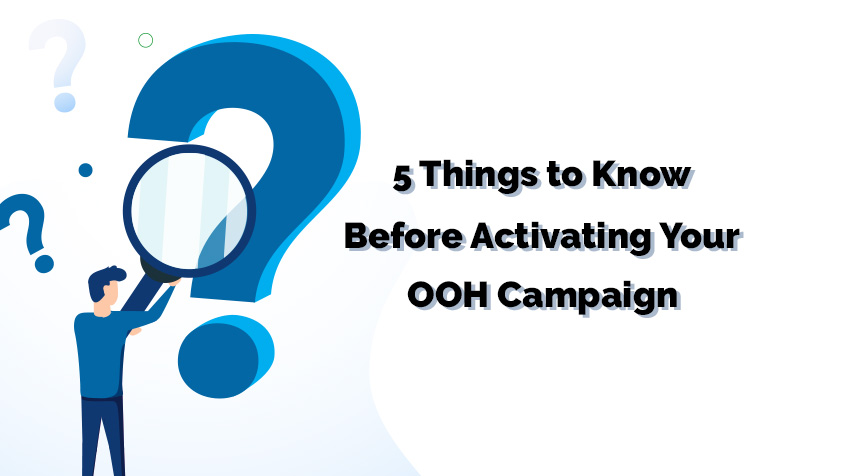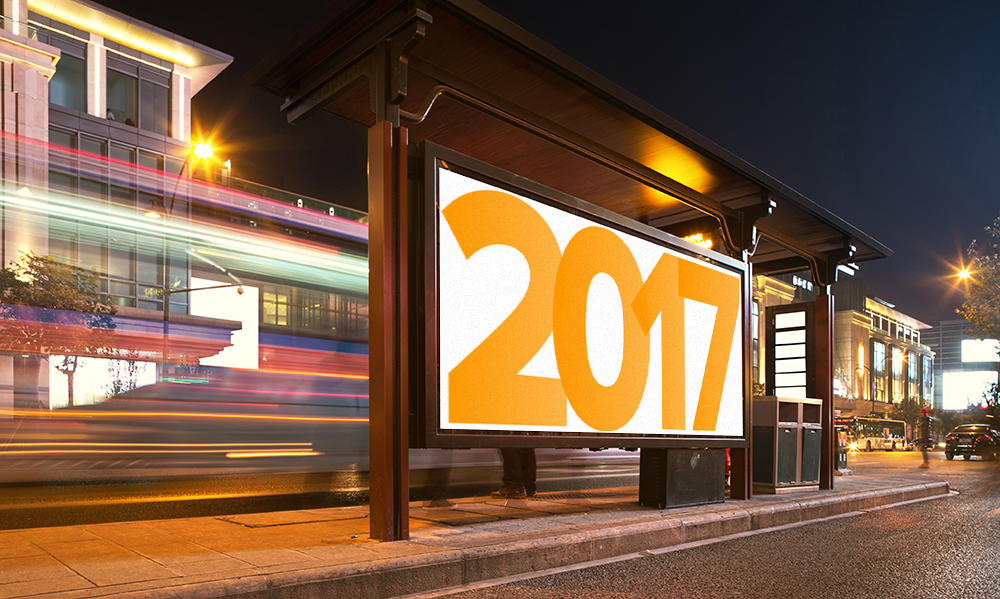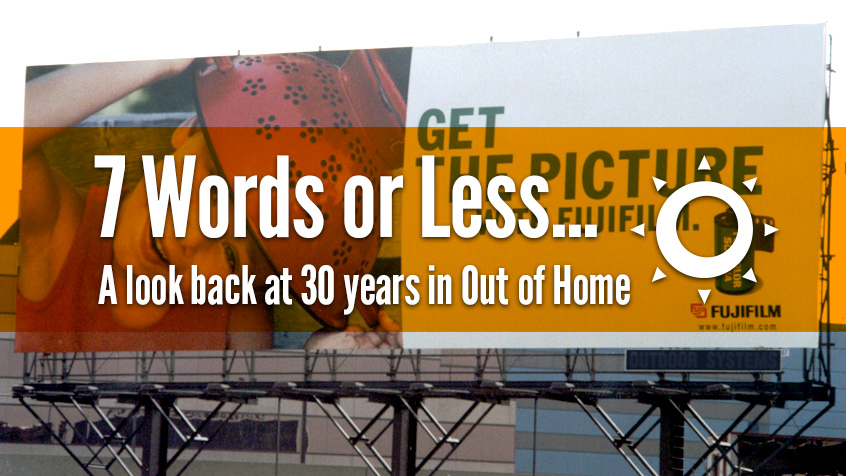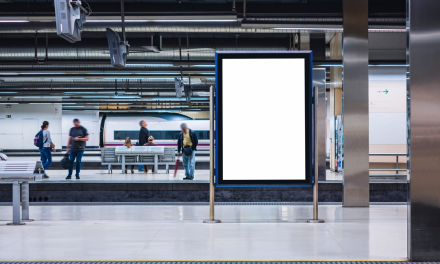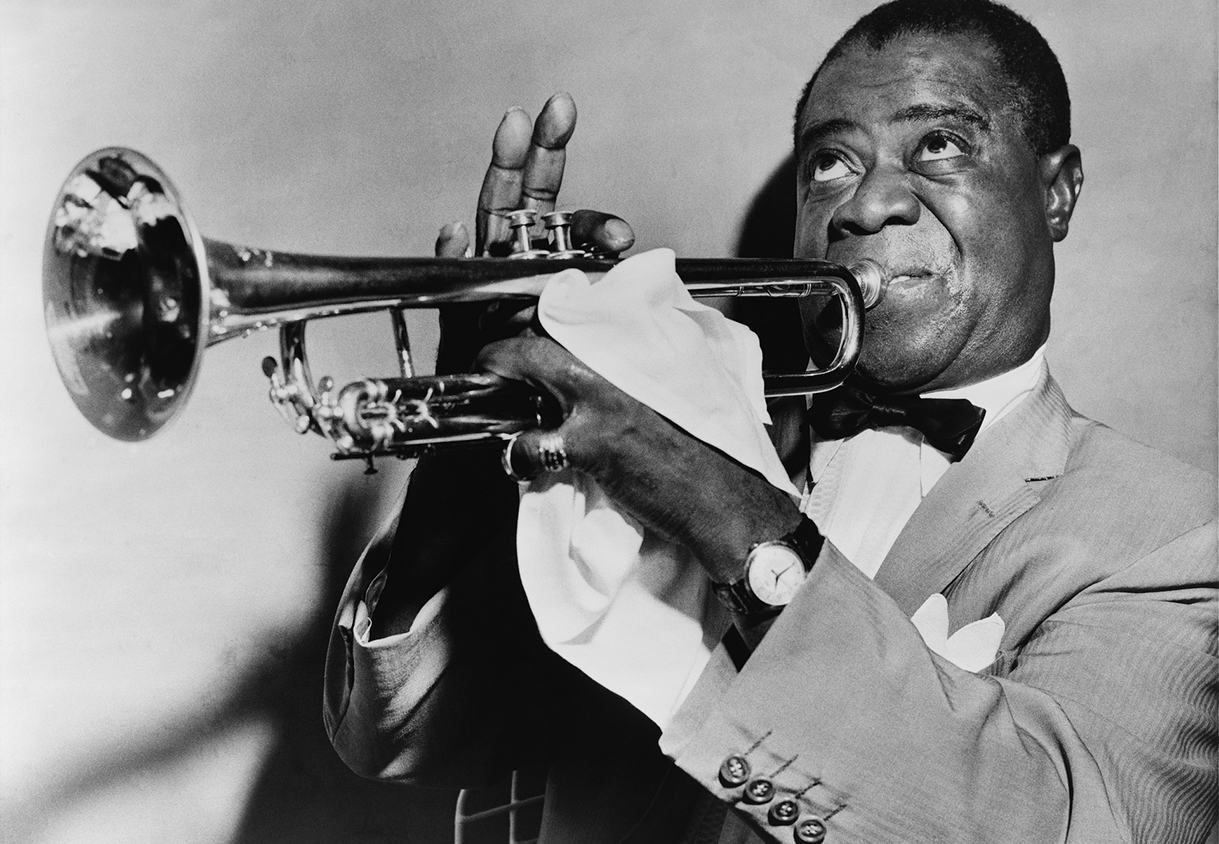Activating your first Out of Home campaign is a complex undertaking. A lot of emphasis is placed on the planning stages – and rightly so. As you might suspect, it’s about more than just finding a few good billboard spots. Choosing the right markets, the suitable media, the right locations, and allocating the budgets are all critical elements to a successful campaign. But that’s just the beginning. Executing a smooth activation is just as important.
However, activating an Out of Home campaign differs from other media channels. The diversity of formats, the unique aspects of certain media, different timelines than other channels, and different creative needs all necessitate some extra understanding and attention. In our years of experience in the space, we’ve built plenty of Out of Home campaigns with these factors in mind. Over time, we’ve identified recurring obstacles and challenges that tend to resurface during the planning stage. These five factors will help you better understand OOH strategies before you plan your next campaign.
1. The Timing for Out of Home Media Placement Holds
Out of home media is a finite resource. Any designated market area (DMA) has a limited pool of OOH media – simply put, there are only so many bulletins, transit shelters, busses, etc., in a given area. That means that Out of Home media is first-come-first-booked, so that perfect location you want could be booked ahead of you. That’s become especially relevant now that the advertisers are returning to the channel, and more advertisers are using OOH to reach their marketing goals.

Out of home revenue has risen more than a third in the second quarter of 2022 compared to last year, and that number is not expected to stop growing anytime soon. This is leading to longer planning timelines and media being booked farther in advance. In that environment, inventory will become even more finite than is already assumed.
Locking the inventory in the location you want as soon as possible for your campaign is vital. Preparing to make decisions quickly is imperative in a market where demand is high and continues to grow. When it comes to placing holds on media, this creates a limited window of opportunity for advertisers. For media owners, space that goes unsold is a loss. Consequently, OOH media can typically only be held for up to 72 hours before being released into the available media pool.
2. The Out of Home Media Installation Timeline
Advertisers that may not be as familiar with Out of Home, especially those from a digital or broadcast background, may not always be familiar with the industry-standard 5-day posting window. But it’s there for a reason and needs to be accounted for in your planning.
In traditional, static Out of Home media placement (which still comprises the majority of the media), someone has to go to the physical location and post the creative. The 5-day placement window provides the necessary leeway for the installation to occur and accounts for any delays resulting from unforeseen circumstances like bad weather that makes it unsafe to post the billboard. Keep in mind that this will not apply to digital Out of Home media since the creative can be posted almost instantly once the artwork has been submitted.

This operational nuance means that not all OOH campaigns can begin on a typical Monday or the first day of the month. At the same time, it also doesn’t mean that your campaign will be cut short. This can be of greater importance if your creative is time sensitive – a product launch, a store opening, an event, or time-based promotion. “Hard Starts” – in other words, “it has to post on this day” – may be possible but could require additional fees and may not be guaranteed. The same goes for “hard takedowns,” which are often even more critical if they are time-sensitive.
This also means having your copy in market well before the display date is optimal. Missed art deadlines can lead to late shipping, which can lead to late posting. Printing a bulletin is not like your office printer – it can take hours to run off one unit, which needs to dry, be finished, packed, etc. When planning the activation of your campaign, be sure to leave ample time to get everything done.
3. Creative Approval and Placement Considerations
Because Out of Home media exists in the public sphere, advertisers will sometimes think it falls under First Amendment, freedom of speech laws, but this is not the case. Some OOH media will require prior approval before they can be posted.
First, remember that most OOH media is on someone’s private property, and often the landlord has the right to refuse an advertisement. In reality, this rarely happens, but it’s good to keep in mind if the copy could be controversial in any way. If you are posting in an airport or near any historical landmarks, these placements will almost always require creative approval, which can take additional time.
If you are activating a more extensive campaign with multiple media and/or multiple creative executions, keep in mind that you will want to supply posting instructions. These may relate to demographically specific or language-based copy or proximity to real-world locations. If your campaign has location-specific creative, make sure you have clear instructions ready about what goes where.
Finally, if your brand or client has any need for competitive separation – i.e., we can’t be near or run before/after another advertiser in our category, or near ads for alcohol, etc. – be sure to include those up front as well. That will be critical to help ensure compliance with any guidelines you must follow.

4. Creative and Production Considerations for Out of Home Media
There is an old adage in the Out of Home media world of “seven words or less.” It seems obvious, but with the diversity of media and formats available, OOH has some unique creative considerations that need to be considered.
Keeping the format in mind when designing for Out of Home media is essential. Some OOH media – like bulletins – have a reasonably short read time, say 7-10 seconds. Others, like bus interior cards, could have dwell times of 20 minutes. Simply taking your print or digital copy and throwing it into a billboard template may not be the best idea. Consider these creative best practices when designing your OOH campaign messaging. From assessing the placement location to aligning with your audience and planning for the specific media space you’ve purchased, the right creative can make or break your entire Out of Home ad campaign.
Next – for traditional static media, it does take time to get the copy printed, packaged, shipped, sorted, etc. A typical bulletin weighs about 100 pounds, so if you are running late and need to rush ship something that large, it can result in significant additional costs. So when you get a timeline, know that allowances have been built to accommodate that.
Finally, if you plan to use multiple creatives on static media, keep in mind that changing out creative requires an additional cost. There is the cost to print and ship and the costs connected to removing the old creative and installing the new copy. That cost exists, even if you’ve already paid for your space on the billboard, so be sure to plan accordingly to avoid surprises.

5: Proof of Posting
Once your campaign is posted and running, you will want to see it’s up. Partly to verify that it’s running but also because it can be an exciting moment to see your copy up – mainly if it is in a different market. It helps to know what to expect.
For most Out of Home media, proof of posting will be delivered in a couple of days. This will usually include photos taken at installation or “install shots,” which are usually fairly basic pictures. It can be possible to arrange what is generally referred to as “beauty shots,” photos showing off the media and capturing how it looks with traffic. Still, these can be an additional cost and will typically be provided in 1-2 weeks.
For smaller packages like posters, transit shelters, bus panels, etc., typically bought in larger numbers, you will generally receive photos for a representative sample of the inventory – not every single one. This can sometimes surprise advertisers, so it’s best to know what to expect.
For digital OOH media – particularly bulletins – photos often come from a webcam posted on the structure itself, so the quality is what one would expect from a camera mounted on a billboard. Also, many digital OOH formats will provide a “proof of play” report at the end of the campaign – this is usually a simple document that shows when the spots ran. These are literally “proof of posting” photos and are only intended to verify that the media is running.
Ready to Build Your Out of Home Media Plan?
Planning your next OOH campaign requires keeping quite a few variables in mind. Done right, though, it has the potential for immense success. Hopefully, this information can provide insight into what you can expect when planning your placement, messaging, and strategy.
Are you ready to plan your next OOH campaign? Let our team of expert strategists, marketers, and planners see what we can help you accomplish.

